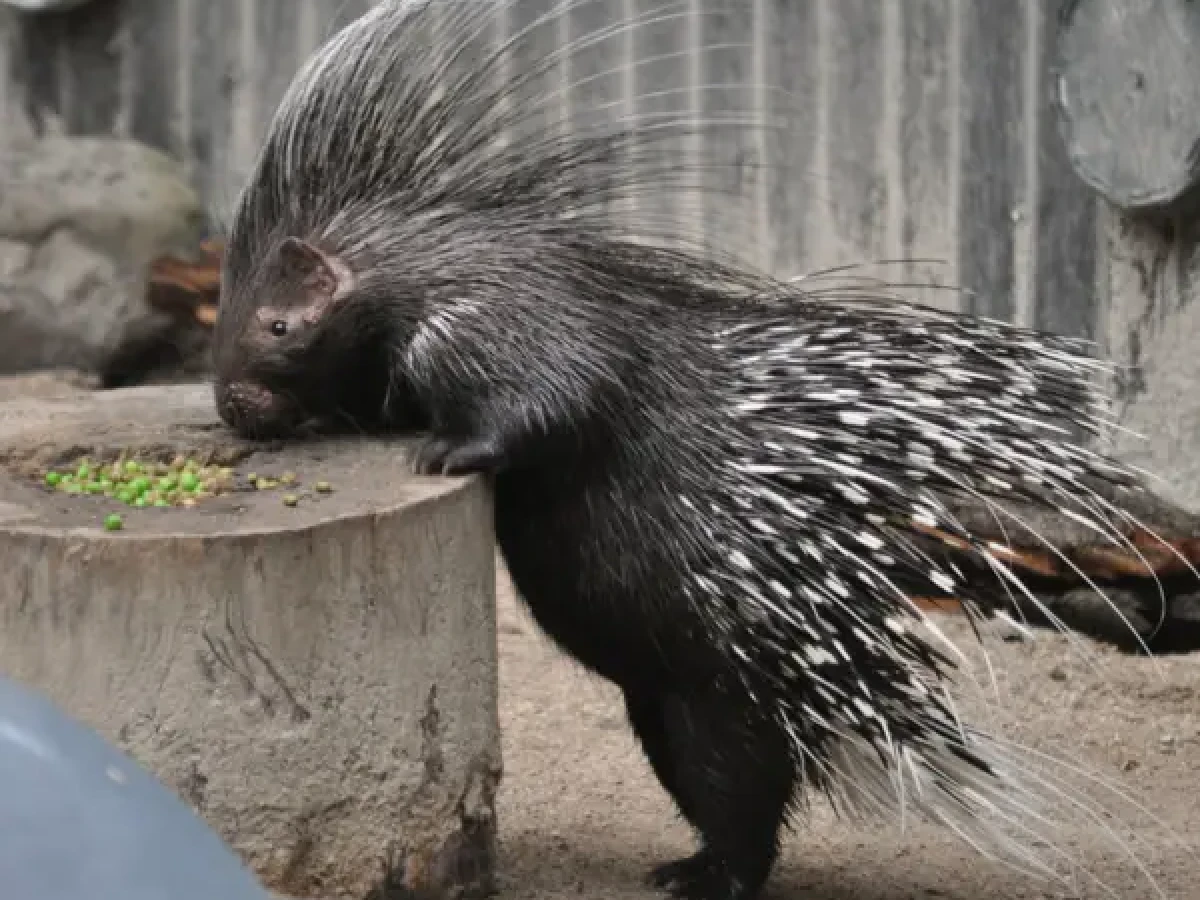Step into the world of our cape porcupine and unlock the wonders of these extraordinary creatures

The cape porcupine is the world's largest porcupine, a heavily built animal with a stocky body, short limbs and an inconspicuous tail, the body is covered in long spines and sharp defence quills.
When threatened they will growl, snort and grunt. Otherwise communicating through snuffling noises and stomping their feet.
Cape porcupines are nocturnal and monogamous, typically living as a mated pair of adults, caring for any young together.
Quick facts
Distribution:
Central and Southern Africa
Habitat:
Woodlands, grasslands, deserts, rocky hills
Conservation Status:
Least concern